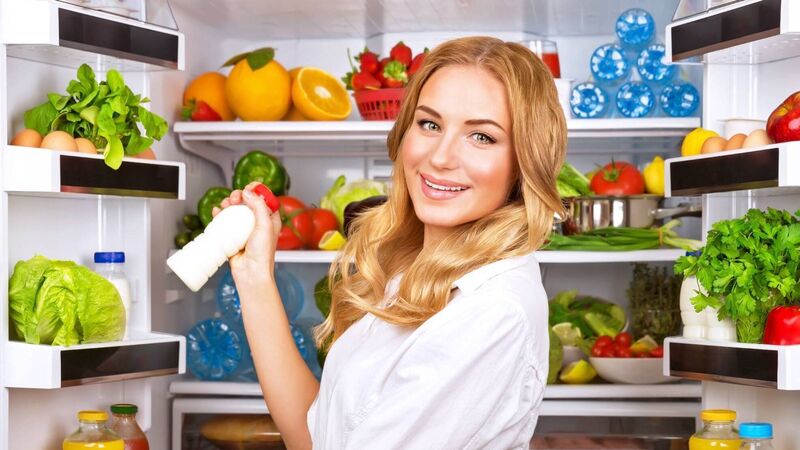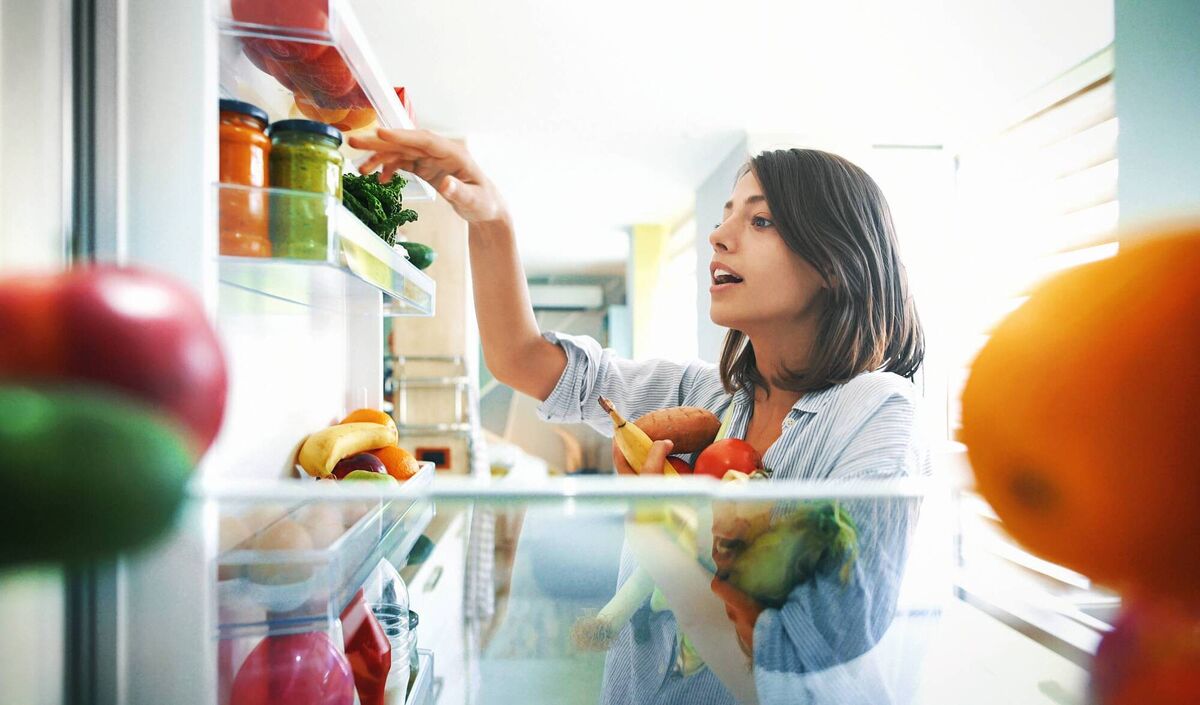The cool rules: Here's how to organise your fridge and freezer

How much do you actually know about that cool-box? Are you a serial food waster — shovelling out out-of-date and half-eaten this and that?
It’s surprising to see bloggers and influencers online talking about turning the temperature of the fridge up or down depending on how cold it “needs” to be according to the load. Generally, a properly loaded fridge/freezer should be at 4C/-18C on the thermostat at all times.

Recently the word “pause” gave me pause. A fridge pauses the decomposition of food and the growth of bacteria that can be toxic to us on consuming spoiled food. It’s just a pause, not eternal preservation. It’s not quite as long as you might think before fun extras like listeria start to party. Bacteria are not always killed by cold, and on reheating (especially if food is improperly defrosted) it can wake up, so to speak. According to the Good Housekeeping Institute, the pause periods are:
- Raw poultry, sausage and other meat: One-two days. Decaying meat doesn’t always smell
- Bacon: Seven days (preserved by its production)
- Cooked sliced meat: Two days. Sniff test? Bacteria has no odour
- Fresh fish and shellfish: One day. Fish smelling of fish is generally old
- Smoked fish, mackerel: Seven to fourteen days
- Soft fruit: One-two days/hard and stoned fruit five-seven days
- Salad leaves: Two-three days, green veg, three-four
- Milk: Four-five days, longer for skimmed or UHT
- Hard cheese: A week
- Eggs: A week
- Bread: Ruined by the fridge if fully cooked.
- Tins: Not ideal as the food once in an open tin can react with the tin, even with a lid on. Decant the food to a fridge-safe PBA-free plastic container and seal.
These figures are based on the food being tip-top on storage, and the fridge being set up to function at an optimal level.
- Top: This tends to have a constant temperature and carries cooked food that is ready to eat: Cooked pies, meats, leftovers. It’s safe up there from spills from other foods and signalling, go! Choose a fridge with a top shelf within easy reach. Bring the oldest products to the front.
- Middle: Dairy, boxes of various ready to eat food-stuffs other than meat. If you keep any salads, leafy herbs or fruit on these shelves (over-spill from the drawers) keep them off the back wall where they can get a freeze burn.
-
In the past this was the coldest part of the fridge, but with new cold drawers, it might not be in your model. The bottom shelf is best for well wrapped raw meat and fish in non-drip containers.
When defrosting food do it in the fridge on the middle or bottom shelves: watch out for drips or cross-contamination. - Don’t take the packaging (if present) on fruit and vegetables off. Use it to divide the pieces from each other. Some fruit and vegetables, including bananas, tomatoes and plums, contain ethylene gas and tend to cause other pieces to spoil. Bag them separately, not touching other foodstuffs. Herbs can be put in a small jar with a little water and kept on the middle shelves for a day or two. True foodies keep potatoes and onions out of the fridge.
- Super-cold drawers:This zone control is a relatively new addition and allows you an extra cold area with additional humidity control for fresh foods, raw meats and products that need a touch of extra preservation.
They can keep fruit and vegetables fresh for days longer but don’t expect the impossible. Look out for new kimchi drawers from LG, already released in South Korea. - Potentially the warmest part of even a very well insulated fridge. Place jars of condiments etc in the door. Milk often rides on the door — fine if you use it up within date, but despite the bottle shelf, it’s better off on the middle shelves.

Frozen food? Three months really is the outer edge although most of us keep food a lot longer. The quality and texture of most meat tends to change with longterm storage. Read the label but keep in mind, that’s presuming you know when you stashed it in the first place. Treat yourself to some freezer bags and/or tempered glass containers, and a suitable labelling system.
Flat, glass, clip-top containers that can be winged into the dishwasher between uses, are fantastic for the fridge and can be bought in sets from €30 on Amazon and in any good kitchen supply.









